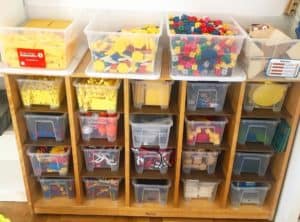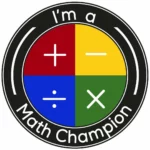A new school year brings new commitments to improving our practice as teachers of mathematics. One tip I often share with the teachers I coach is, “Ask more and tell less.” Well, that’s easy to say, but what does that look and sound like in the classroom?
Often times, the teacher’s guides are written following a more traditional, lecture-style of teaching. They encourage the teacher to model, or work problems, while the students watch, and then the students are asked to mimic what the teacher did with a similar problem. I challenge you to flip the script and replace the word “show” with “have the students model” and replace “tell” with “ask”. When your teacher’s guide says to show the students the difference or similarities between problems or concepts replace that with, “ask the students what they notice?” It’s these little tweaks that will go a long way toward engaging your students in meaningful discourse and ultimately deepening their understanding.
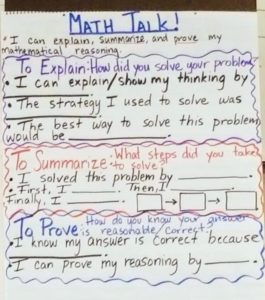
A fourth-grade teacher from Aurora, Colorado shared her strategies for engaging students in math talk in her classroom.
While this appears to be written for the students to follow, it also suggests some great questions for teachers to ask to generate more discussion.
As students are working through a task ask:
- How did you solve that?
- How do you know that’s correct?
- Can you solve it another way?
- Can you build a model?
- Can you use numbers and symbols to explain your model?
- Is that the best (most efficient) way to solve that?
- Is your answer reasonable?
- Do you agree or disagree with your partner’s answer?
So, who’s doing all the talking? Give some of these questions a try and let us know how it goes.
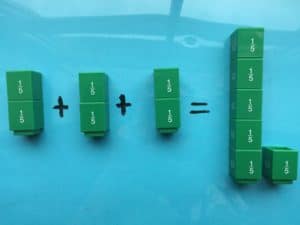
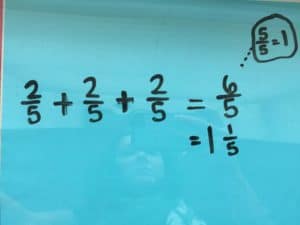
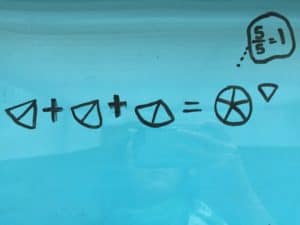
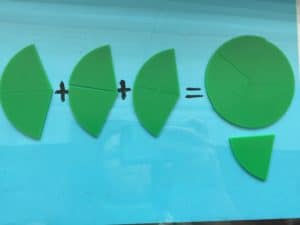
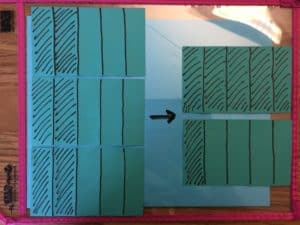
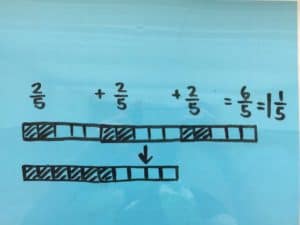
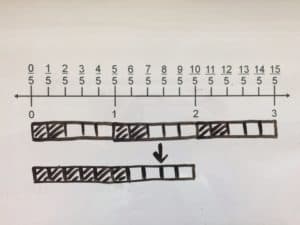
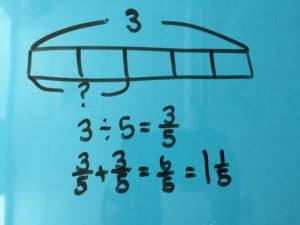
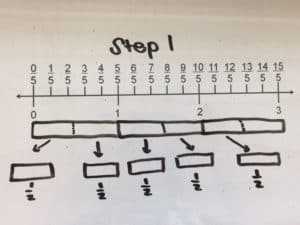
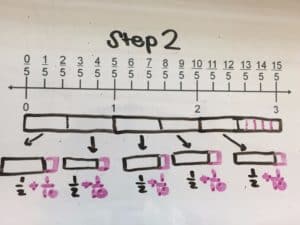
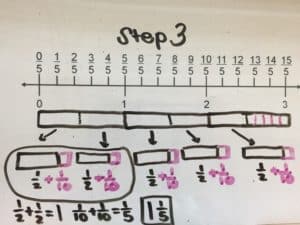
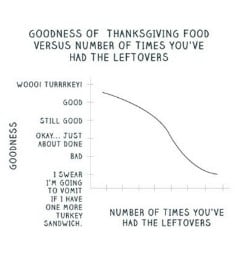
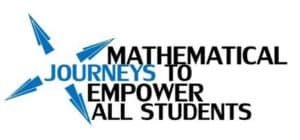
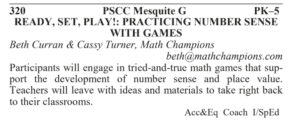
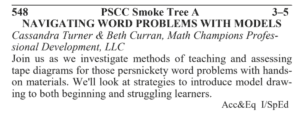
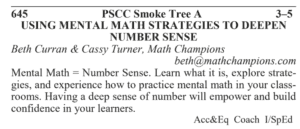
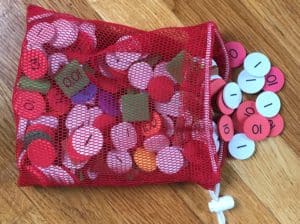 This option works great if you have enough discs for each student to have 20 of each place value; 20 ones, 20 tens, 20 hundreds, etc. Students are expected to keep these baggies or boxes of discs in their desks.
This option works great if you have enough discs for each student to have 20 of each place value; 20 ones, 20 tens, 20 hundreds, etc. Students are expected to keep these baggies or boxes of discs in their desks.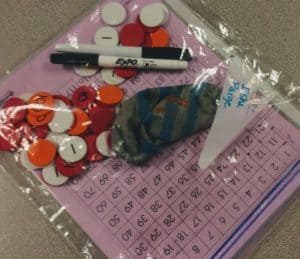
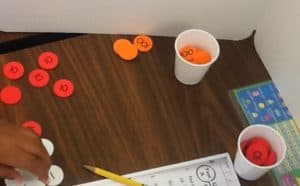 In this case, discs are organized by place value into tubs. So, you would have a tub of ones, a tub of tens, and so on. In each tub, you can keep a set of small cups (Dixie cups work well) for students to take a scoop of the discs when needed. Clean up is a snap. Students simply dump the cups of discs back into the correct place value tub.
In this case, discs are organized by place value into tubs. So, you would have a tub of ones, a tub of tens, and so on. In each tub, you can keep a set of small cups (Dixie cups work well) for students to take a scoop of the discs when needed. Clean up is a snap. Students simply dump the cups of discs back into the correct place value tub.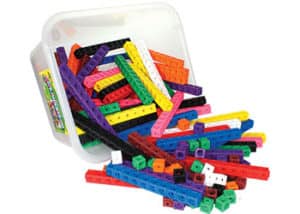 Community Tubs
Community Tubs